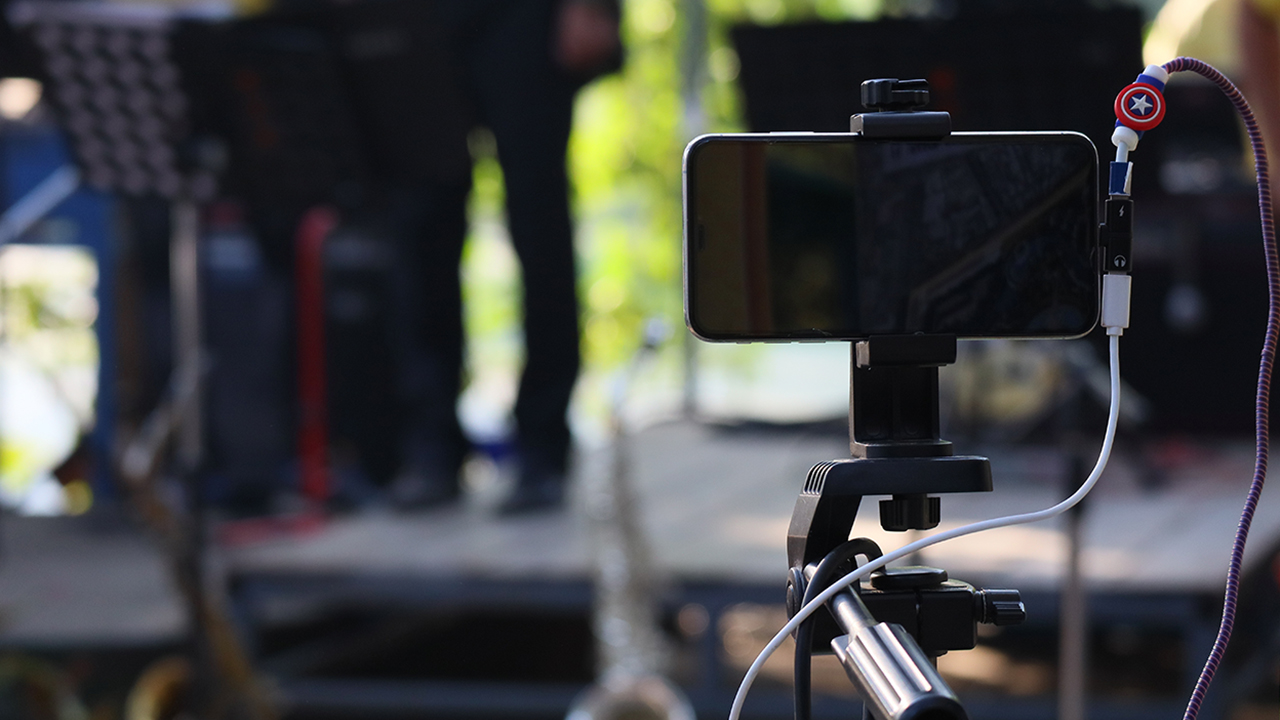Live Streaming on Social Media: Best Practices for Churches
Social media platforms like Facebook, YouTube, and Instagram offer churches powerful tools to connect with members and reach new audiences through live streaming. But to maximize the impact of your broadcasts, it takes more than just pressing “Go Live.” These best practices will help your church create professional, engaging, and spiritually enriching livestreams.
1. Choose the Right Live Streaming Platform
Start by selecting the platform(s) your congregation already uses:
- Facebook Live: Great for reach, interaction, and easy sharing
- YouTube Live: Ideal for high-quality video, embedding, and archiving
- Instagram Live: Good for informal moments and short updates
Some churches use a multi-streaming tool like Restream or BoxCast to broadcast to several platforms at once.
2. Prepare Your Tech Setup
You don’t need expensive gear to get started, but ensure:
- A stable internet connection (wired preferred over Wi-Fi)
- A good camera angle and consistent framing
- Clear audio (invest in a mic if needed)
- Adequate lighting—especially on speakers
3. Test Before You Go Live
Run a private or unlisted test stream to check:
- Video and audio quality
- Stream latency
- Camera focus and lighting
- Slide or lyric integration (if used)
4. Create a Consistent Format
Help viewers know what to expect:
- Opening countdown or welcome
- Worship set
- Teaching or sermon
- Closing prayer or next steps
Keep it clear, well-paced, and as distraction-free as possible.
5. Engage With Your Audience in Real Time
Interaction is key to social media success:
- Greet viewers by name in the comments
- Use polls, questions, or prompts (“Where are you watching from?”)
- Appoint a moderator or host to manage the chat
6. Optimize Your Titles and Descriptions
Use relevant keywords and details:
- Title the stream with the date and topic
- Include your church name and a brief description
- Add links for giving, connection cards, or sermon notes
7. Promote Before and After the Stream
Use your other communication channels to drive traffic:
- Announce live services via email and text
- Post teaser clips or countdown graphics in Stories
- Share a replay link afterward and encourage engagement
8. Review Your Analytics
Most platforms provide basic data. Track:
- View count and average watch time
- Peak live viewers
- Engagement (likes, comments, shares)
Use this info to improve future streams.
9. Follow Up With Viewers
Encourage next steps after the stream:
- Link to online connect forms or prayer requests
- Send a thank-you message or follow-up email
- Invite viewers to next week’s service or an in-person visit
Conclusion
Live streaming on social media can extend your church ministry far beyond the sanctuary walls. With thoughtful planning, consistent execution, and a focus on engagement, your church can build a vibrant online presence that supports growth, outreach, and spiritual connection.
News via Inbox
Stay ahead in the fast-evolving world of church technology with our Newsletter! By subscribing, you will gain access to a wealth of information and resources designed to keep you informed and empowered.






